Apple iPhone 13: What we expect to see from the next model
We predict what's up next for the iPhone.
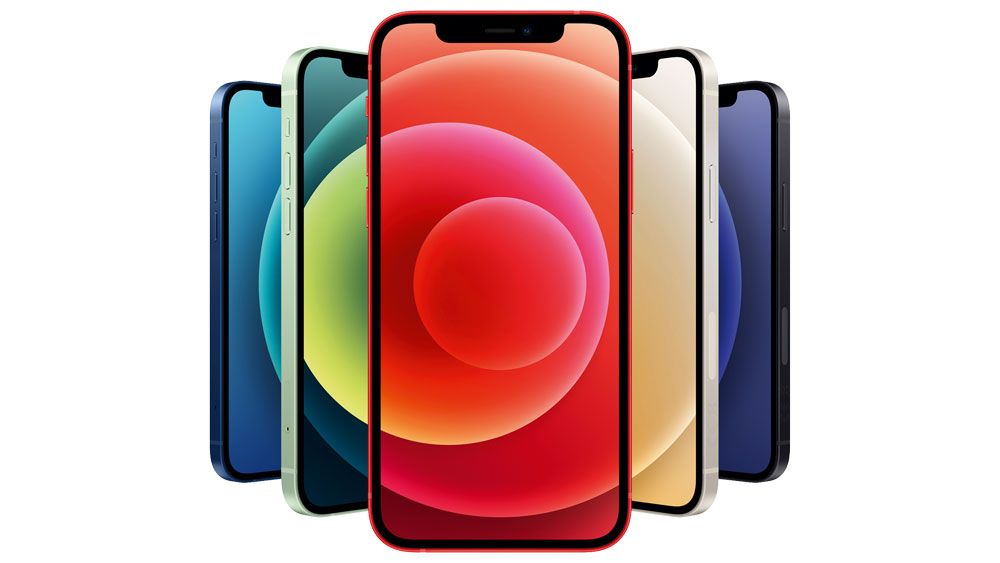
Many of us might still be getting settled with our iPhone 12 handsets, but that doesn't stop speculation about what might come next. Talk about the next generation of Apple smartphone is rife (isn't it always...?). There's all sorts of issues to ponder – what sizes will the new range feature? Will it have Touch ID, Face ID, or both? And what connections and ports will the device come equipped with? Some trends from Apple and beyond provide a hint.
Here, we rundown everything we expect to see in the next iPhone release. If you're keen to upgrade your Apple tech then be sure to check out our iPad model list, and keep an eye on our Amazon Prime Day and Apple Amazon Prime Day hubs for a chance of nabbing a bargain.
Evolution, not revolution
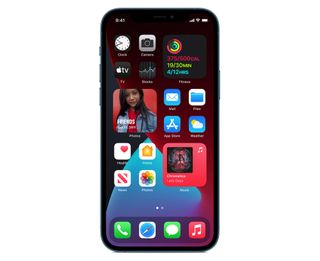
Given the fairly dramatic overhaul that was the iPhone 12, it's likely that its successor will be more about evolution than revolution, reinforcing the gains from the introduction of 5G, a LiDAR scanner potentially going across the range, and ever improving camera technology. It seems unlikely that there will be a huge overhaul in industrial design either, although a smaller ‘notch' at the top is rumoured. We can't see a return to plastic casing and the returned squarer edges should remain. MagSafe charging will surely remain too, and there will be lots more accessories on offer that try to make use of it.
Overall then, our feeling is that the iPhone 13 will not look or feel hugely dissimilar to the 12.
More storage
Any improvements will still be noticeable to most users though. For instance, in a note seen by AppleInsider, Daniel Ives, an analyst at investment bank Wedbush, wrote that the iPhone 13 series might offer one terabyte storage options. This would be a significant step forward. At the moment the biggest iPhone 12 storage option is 512GB, something matched across the market by rival Samsung with their top-end Galaxy S21 Ultra 5G smartphone, while Huawei only offers 256GB with its Mate40 Pro smartphone. Mr Ives also speculated that there will be upgrades to aforementioned features like LiDAR too.
Upgraded camera technology
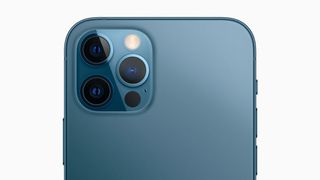
Apple always works to improve camera technology and analyst Ming-Chi Kuo believes that the Pro end of the iPhone 13 line-up will see improved Ultra Wide cameras. While the next iPhone will likely have upgraded 5G from Qualcomm in it, Apple's own work on connectivity and silicon may have consequences for the iPhone 13 too, and there is always a drive to improve battery life.
Supercharged display tech
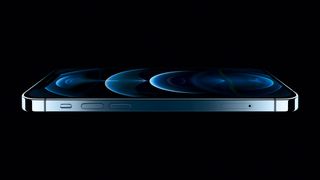
120Hz ProMotion displays were initially expected with the iPhone 12, but battery life concerns put paid to that. Apple could the adopt the LTPO (low-temperature polycrystalline oxide) technology that makes this possible with the 13. There will then still be plenty of excuses to upgrade for those of us keen to benefit from this display tech.
Get the Creative Bloq Newsletter
Daily design news, reviews, how-tos and more, as picked by the editors.
Portless design
Apple can always surprise us, and some think there could be a possibility of some exciting new features. One of the biggest potential changes that has been rumoured is that the iPhone 13 could be portless. Xiaomi has already released the concept of such a device.
We're not just talking about removing the headphone jack here, there could potentially be no way to plug a cable into the phone. At all. This throws up a host of separate issues, but the most significant one is that Apple would have to find alternative ways to manage device recovery, otherwise it would be like Apple Watch whereby significant issues require the device to be sent back to Apple for repair. Given that use of the aforementioned MagSafe is not yet widespread, Apple will likely hold off on this; aforementioned analyst Ming-Chi Kuo certainly thinks so, and also believes that the company will resist a move from Lightning to USB-C too.
Changes to Touch ID
Another exciting possibility being mooted is the Touch ID sensor being built into the iPhone's display instead of a button. Android devices from a variety of makers, including Oppo and OnePlus, have started using such tech and, in a world where more and more people are wearing masks (and may very well continue to do in certain settings for some time to come), it's easy to see why makers and users alike would welcome this.
It could work alongside Face ID though – it's hard to imagine Apple going back to a pre-iPhone X world of having only Touch ID in Apple's main phones – and in-display Touch ID could be used as part of a revamp of the lower-cost SE model too.
What's in a name?
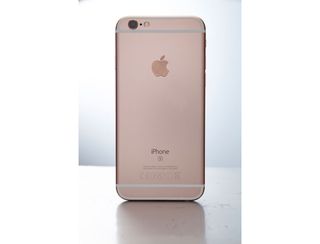
The usual assumption would be that the Apple smartphone that follows the iPhone 12 would be the 13... Of course, the number is associated with bad luck and, frankly, we've all had rather enough of that for quite some time. Perhaps then Apple will skip and go straight to the 14. More likely, we suspect is that we could see a return to the 'S' naming – ie, the iPhone 12S, before the iPhone 14 arrives in 2022. This not only helps the superstitious, but makes sense if the new phone is, as we expect, not a huge change from its predecessor.
Will bigger be better?
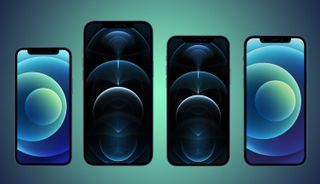
One thing Apple might abandon though is the 'mini' option in the future line-up. Although it's easy to read to too much into stories emerging from the supply chain, most of what is coming out is far from positive.
Indeed, 70 per cent of a rumoured 20 per cent reduction in overall iPhone production in the first half of 2021 was said to have come from the iPhone 12 mini, with some suppliers told to temporarily stop providing components. While other devices in the range have proved exceptionally popular, 5G was not enough to tempt many of those operating on a tighter budget to go for the mini, with some analysis suggesting a significant number of customers chose to go with the older and bigger iPhone 11 instead. (Interestingly, the handful of people we know to have bought an iPhone 12 mini absolutely love it.) As Jeff Pu from GF Securities explained to Nikkei Asia:
'Consumers won't have that very strong feeling about the differences between core processors and about 5G wireless communication performance immediately, but they can immediately see the difference in screen size. If it's around the same price, many consumers would rather just pick the older iPhone 11, which has a larger screen, as they don't yet expect much from 5G."
That said, as late as February, MacRumors picked up on reports that Apple was still going to go ahead with the smaller model, and the size of the other devices in the new range will be the same as the iPhone 12 and Pro (both 6.1 inches) and Pro Max (6.7 inches).
Pandemic disruption
The big unknown, of course, when trying to unpick the story of the iPhone 12 and rumours about future devices is the COVID-19 pandemic. A year of disruption the world over potentially influenced buying decisions in a way that would not have happened under normal circumstances.
Did people who would ordinarily spend money in restaurants and on other forms of entertainment actually spend some of that saved disposable income on getting a higher-end iPhone instead? Did others choose to hold off entirely as they battled the financial difficulties inflicted by the crisis? Indeed, in the case of the iPhone 12 mini, some argue that sales of the device were adversely affected by the pandemic, as the 5.4-inch smartphone was primarily targeted at the European and US markets, both of which were badly hit. In a (fingers crossed) reopened, vaccinated world, users will likely make different purchasing decisions.
One thing is for certain, Apple will be digging into the data and asking those questions, and many more, before it makes any final calls on sizing and features for the iPhone 13. The rest of us will have to wait until at least September to find out what it decides. We'll keep you posted...
This article was originally published in MacFormat. Subscribe to MacFormat.
Read more:

Thank you for reading 5 articles this month* Join now for unlimited access
Enjoy your first month for just £1 / $1 / €1
*Read 5 free articles per month without a subscription

Join now for unlimited access
Try first month for just £1 / $1 / €1
Charlotte is a journalist and author covering media and technology. Based in London, she is the UK Associate of The Mac Observer, hosts its Media+ podcast and has written for various other outlets. Her first book, Not Buying It, was published in 2019.
